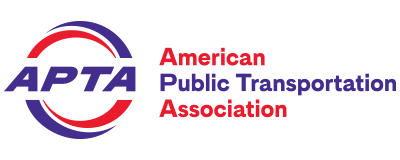Keywords
climate action plan (CAP), emissions, greenhouse gases (GHGs), sustainability
Summary
Climate action planning presents transit agencies with the opportunity to engage with jurisdictional partners to demonstrate and ensure consideration of the strong potential of transit to provide substantial reductions of GHGs at a local, regional and global scale. Transit has a unique role in climate action planning, as it provides more carbon-efficient transportation than personal automobiles. Additionally, transit facilitates greater use of non-motorized modes such as walking and bicycling and creates large “cobenefits,” such as lower-energy homes and neighborhoods. Modeling of these combined benefits has shown that transit can reduce regional GHG emissions equal to many times those it emits. Transit, thus, emerges as a key GHG reduction tool and needs to increase rather than decrease its carbon footprint as long it does so due to system expansion and increased ridership, rather than due to reduced efficiency. Since they have focused on automobile-based strategies such as low-carbon fuels and battery and engine technologies while disregarding the direct and indirect emission reductions attributable to transit, statewide and regional CAP approaches to the transportation sector to date have undervalued the ability of transit to reduce regional GHG emissions. This guidance document is designed to help transit agencies reverse this trend
Get Involved
Want to participate in the development of this document? Join a Working Group or Learn More
Related Documents
APTA SUDS CC-RP-001-09, Quantifying Greenhouse Gas Emissions from Transit




